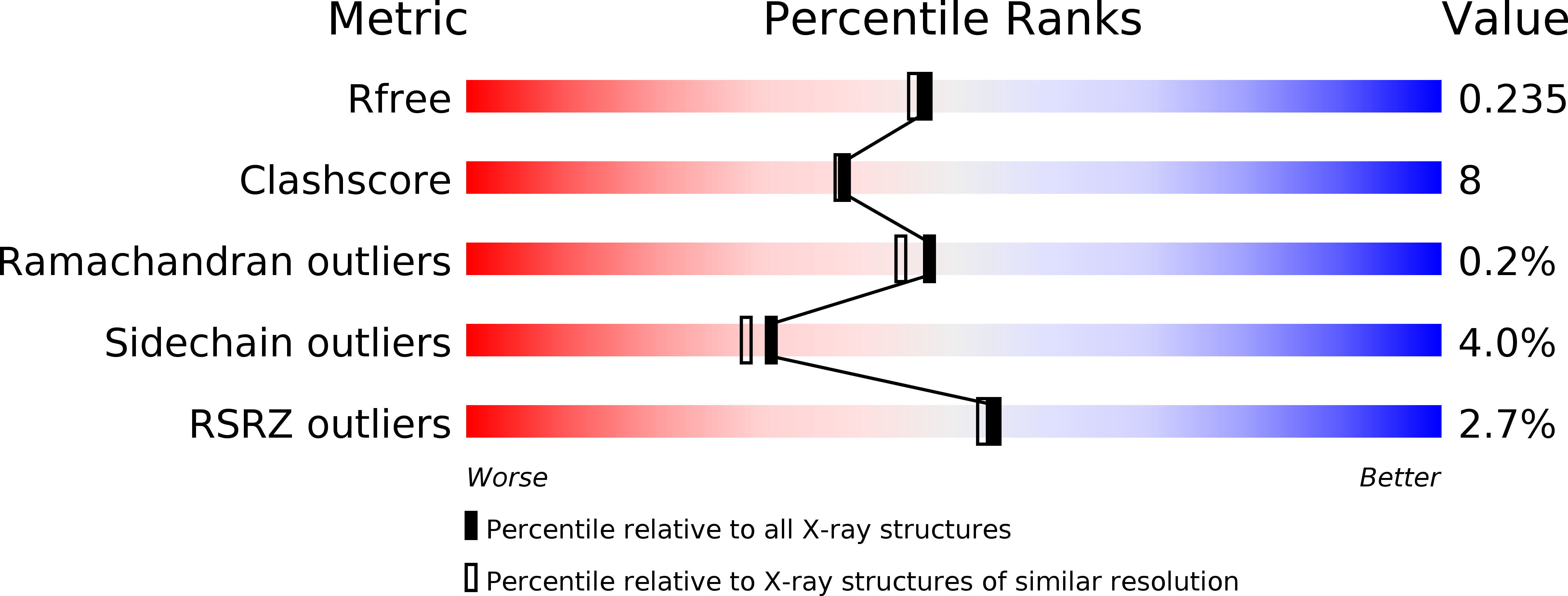
Deposition Date
2012-01-08
Release Date
2012-06-13
Last Version Date
2024-02-28
Entry Detail
PDB ID:
3VEH
Keywords:
Title:
Structure of a M. tuberculosis salicylate synthase, MbtI, in complex with an inhibitor methylAMT
Biological Source:
Source Organism:
Mycobacterium tuberculosis (Taxon ID: 1773)
Host Organism:
Method Details:
Experimental Method:
Resolution:
2.00 Å
R-Value Free:
0.23
R-Value Work:
0.17
R-Value Observed:
0.17
Space Group:
P 1 21 1


